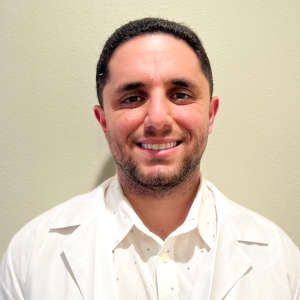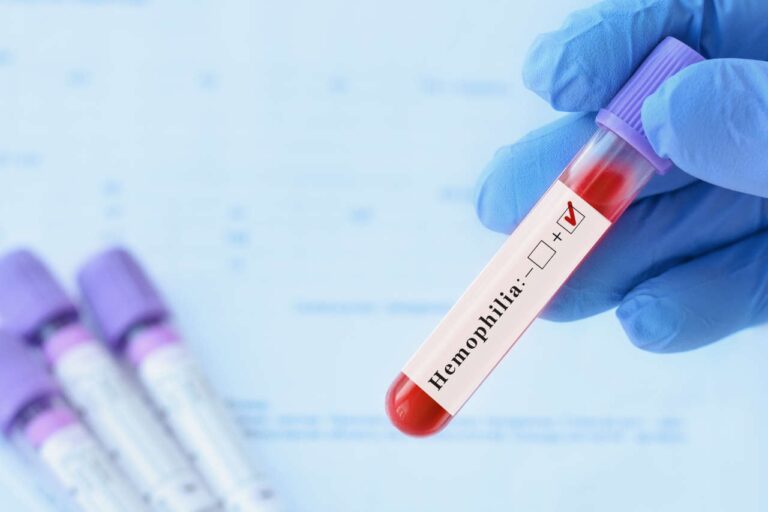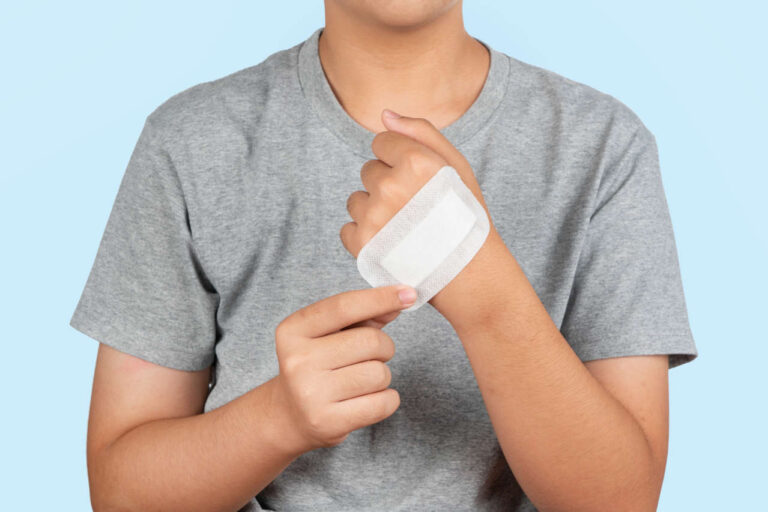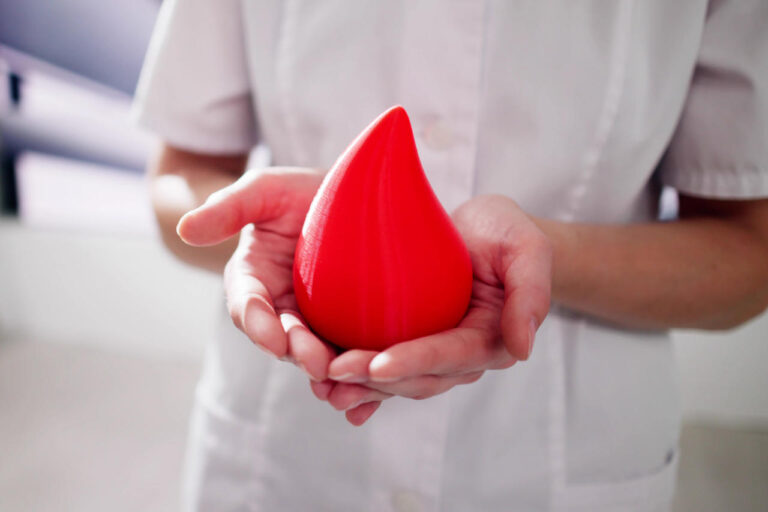
El ejercicio regular beneficia a todos, incluso a quienes padecen hemofilia. Sin embargo, para las personas con hemofilia, un programa de ejercicios debe personalizarse en función de:
- Preferencias e intereses individuales
- Edad
- Nivel de actividad actual
- Gravedad de la enfermedad
Hable con un especialista sobre la asistencia con los copagos
Cómo el ejercicio beneficia a las personas con hemofilia
La actividad física regular mejora la función articular, reduce el riesgo de lesiones y mejora la calidad de vida. Además, mantenerse activo puede ayudar a mejorar el dolor, la amplitud de movimiento y la fuerza muscular.
El ejercicio fortalece los huesos y las articulaciones.
Las hemorragias articulares frecuentes son comunes entre personas con enfermedad grave. hemofiliaCon el tiempo, este tipo de hemorragias pueden provocar inflamación y destrucción articular, lo que se asocia con:
- Dolor articular
- Movilidad reducida
- huesos frágiles
- Calidad de vida reducida
El ejercicio ayuda a preservar la masa ósea, reduce la percepción del dolor y mejora el movimiento de las articulaciones.1,2].
El ejercicio fortalece los músculos
Los sangrados musculares pueden provocar hinchazón, mayor riesgo de infecciones y pérdida de fuerza muscular.3].
El entrenamiento de resistencia (levantamiento de pesas) no sólo aumenta la fuerza muscular, sino que también hace que los episodios de sangrado sean menos graves y menos frecuentes [4].
El ejercicio regular ayuda a mantener un peso saludable
La obesidad es un problema de salud importante entre las personas con hemofilia. Esto se debe a que las personas hemofílicas tienden a ser más inactivas físicamente. Como resultado, son más propensas a subir de peso.
Según el Informe del Registro de los CDC sobre Hombres con Hemofilia 2014-2017 [5]:
- Entre los participantes con hemofilia A de 20 años o más, 34% tenían sobrepeso y 33% eran obesos.
- Entre los participantes con hemofilia B de 20 años o más, 34% tenían sobrepeso y 37% eran obesos.
Tanto el ejercicio como la dieta saludable Son herramientas eficaces para bajar de peso. Los estudios demuestran que incluso una pérdida de peso moderada puede reducir las hemorragias articulares.6].
Hemofilia y ejercicio: ¿Qué actividades incluir y evitar?
Los ejercicios en el agua pueden ser más efectivos que los ejercicios en tierra para aliviar el dolor en adultos [7].
Para mejorar la fuerza muscular, los ejercicios funcionales parecen ser más efectivos que los estáticos. Ejemplos de ejercicios funcionales son la caminata en cinta y los ejercicios con carga parcial.
Lista de actividades para la hemofilia
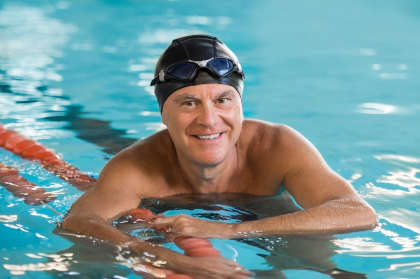
- Caminando
- Senderismo
- Nadar
- Tiro al arco
- Deportes acuáticos
- bicicleta estática
- máquina elíptica
- Pesca
- Frisbee
- Golf
- Tai Chi
- Snorkel
Actividades con riesgo seguro a moderado incluir:
- Ciclismo
- Usando una máquina de remo
- Usando una máquina de esquí
- Entrenamiento en circuito
- Uso de la cinta de correr
- Hilado
- Fisiobalón
- levantamiento de pesas
Obtenga asistencia financiera
Actividades con riesgo moderado incluir:
- Aerobic
- Bolos
- Bailar
- Buceo recreativo supervisado
- Usando un Stepper
- Saltar la cuerda
- Patinaje sobre ruedas
- Remo
- Tenis
- Yoga
Actividades con moderado a–riesgo peligroso incluir:
- Piragüismo
- Baloncesto
- Béisbol
- Gimnasia
- Ciclismo de montaña
- Kayak
- Kárate
- rafting en el río
- Patineta
- Fútbol
Puede elegir participar en estas actividades sólo después de consultar con su proveedor de atención médica y con las precauciones y la supervisión adecuadas.
Actividades con riesgo más alto (NO RECOMENDADO) incluir:
- Boxeo
- buceo de competición
- Fútbol americano
- Hockey
- levantamiento de pesas
- Lacrosse
- Escalada en roca en entornos naturales
- Rodeo
- Motos de nieve
- Usando el trampolín
- Lucha
Hemofilia y ejercicio: ¿Durante cuánto tiempo y con qué frecuencia hay que hacer ejercicio?
La duración y la frecuencia del ejercicio pueden variar según su condición física, la gravedad de la enfermedad, el tipo de actividad y su objetivo. En cualquier caso, cualquier programa de ejercicios debe incluir rutinariamente los siguientes pasos: estiramiento, fortalecimiento, acondicionamiento y entrenamiento aeróbico. Además:
- Calienta unos 10 minutos antes de empezar el entrenamiento. Enfría 10 minutos después de terminar.
- Realice ejercicios de entrenamiento de fuerza dos o tres veces por semana, con al menos 48 horas de descanso entre sesiones. Cada sesión suele durar 30 minutos y debe involucrar todos los grupos musculares principales.
- Haz ejercicios aeróbicos de 15 a 20 minutos tres veces por semana. Por ejemplo, caminar, nadar y montar en bicicleta. Si tu objetivo es bajar de peso, deberías entrenar al menos 30 minutos cinco veces por semana.
- Muévete lo máximo posible. Camina a un ritmo que te permita hablar, pero no cantar, durante al menos 30 minutos la mayoría de los días de la semana.
Nota: Las recomendaciones anteriores son para adultos con hemofilia.
Hemofilia y ejercicio: consejos para obtener resultados óptimos
- Antes de comenzar una nueva actividad, consulte con su profesional de la salud para una evaluación. Esto es fundamental incluso si no tiene ningún problema de salud específico.
- Aprenda a identificar los primeros signos de una hemorragia (p. ej., confusión, piel húmeda y pegajosa, mareos, aturdimiento, debilidad, dificultad para respirar). Busque atención médica inmediata si nota alguno, especialmente si siente alguno de estos síntomas repentinamente en relación con el ejercicio.
- Es posible que reciba un reemplazo de factor profiláctico antes de ciertas actividades para ayudar a prevenir hemorragias.
- Elige actividades que disfrutes. Es más probable que estas se conviertan en un hábito.
- Empieza con una actividad de bajo impacto y que no dañe las articulaciones, como nadar o hacer bicicleta estática. Una vez que ganes suficiente fuerza, puedes progresar a actividades más exigentes.
- Es mejor hacer ejercicio con un amigo o familiar para mayor seguridad.
Hable con un especialista sobre la hemofilia
¿Qué deportes puedes practicar con hemofilia?
Los deportes sin contacto son seguros para las personas con hemofilia. Algunos ejemplos son nadar, caminar y trotar. No se recomienda la participación en deportes exigentes como el rugby, el boxeo, el fútbol y el baloncesto.
REFERENCIAS:
- Zhou, H., Chen, L., Su, H. et al. Riesgo de baja densidad mineral ósea en pacientes con hemofilia: una revisión sistemática y un metaanálisis. J Orthop Surg Res 19, 52 (2024). https://doi.org/10.1186/s13018-023-04499-6
- Schäfer, GS et al. “Ejercicio físico, dolor y función musculoesquelética en pacientes con hemofilia: una revisión sistemática”. Haemophilia: la revista oficial de la Federación Mundial de Hemofilia, vol. 22, 3 (2016): e119-29. doi:10.1111/hae.12909
- Wilding, J et al. “Obesidad en la población global con hemofilia: prevalencia, implicaciones y opiniones de expertos para el control del peso”. Obesity Reviews: revista oficial de la Asociación Internacional para el Estudio de la Obesidad, vol. 19, 11 (2018): 1569-1584. doi:10.1111/obr.12746
- Tiktinsky, R et al. “El efecto del entrenamiento de resistencia en la frecuencia de sangrado en pacientes con hemofilia: un estudio piloto”. Haemophilia: la revista oficial de la Federación Mundial de Hemofilia, vol. 8,1 (2002): 22-7. doi:10.1046/j.1365-2516.2002.00575.x
- “Estado de peso | Informe del Registro de Hombres con Hemofilia 2014-2017”. Centros para el Control y la Prevención de Enfermedades, 3 de septiembre de 2019, www.cdc.gov/ncbddd/hemophilia/communitycounts/registry-report-males/weight-status.html.
- Biasoli, Chiara et al. “Promoción de la actividad física en personas con hemofilia: el proyecto de consenso de expertos del MEMO (Movimiento para personas con hemofilia)”. Transfusión sanguínea = Trasfusione del sangue vol. 20,1 (2022): 66-77. doi:10.2450/2021.0138-21
- Strike, Karen et al. “Ejercicio para la hemofilia”. Base de Datos Cochrane de Revisiones Sistemáticas, vol. 12, 12 CD011180. 19 de diciembre de 2016, doi:10.1002/14651858.CD011180.pub2
- Fundación Nacional de Hemofilia. Cómo jugar con seguridad. Trastornos hemorrágicos, deportes y ejercicio. https://www.hemophilia.ca/files/PlayingItSafe.pdf
